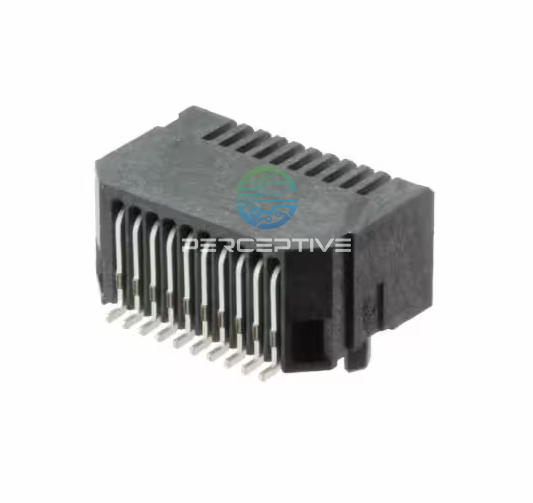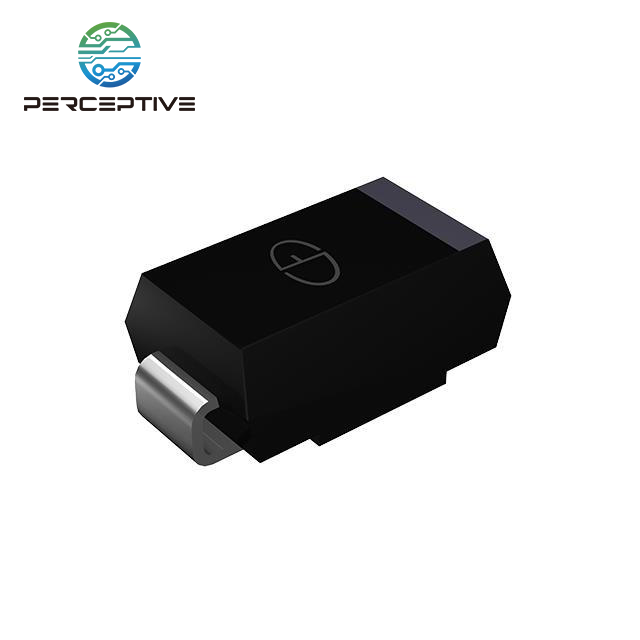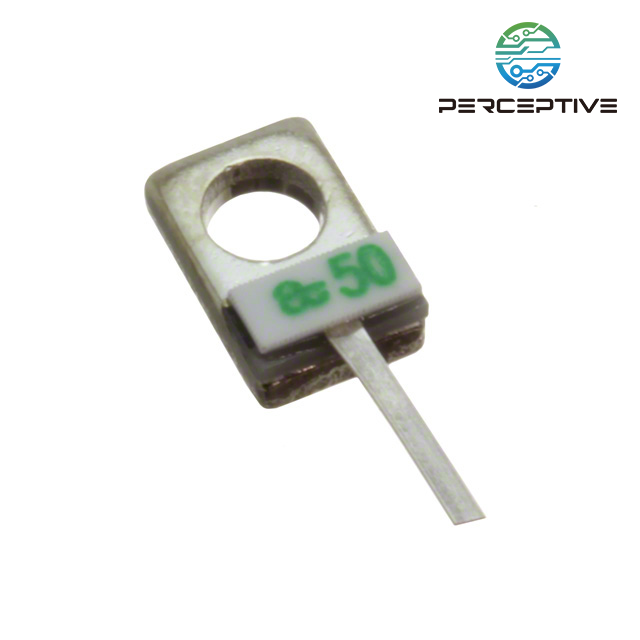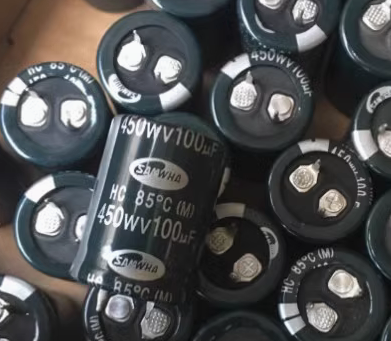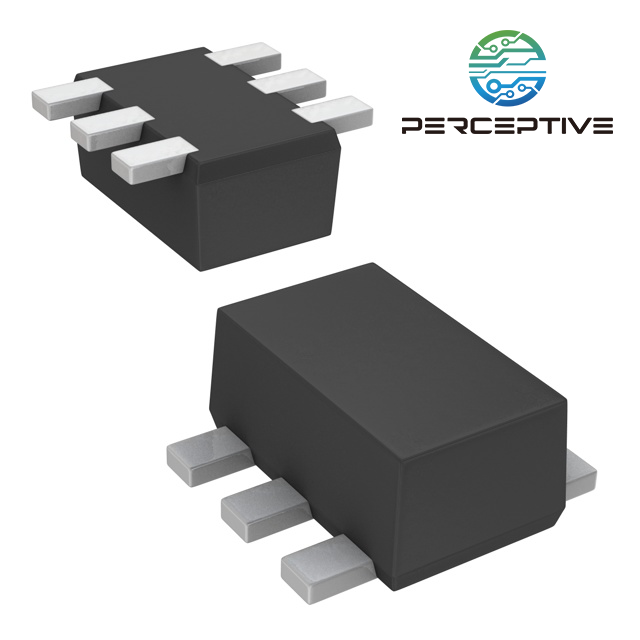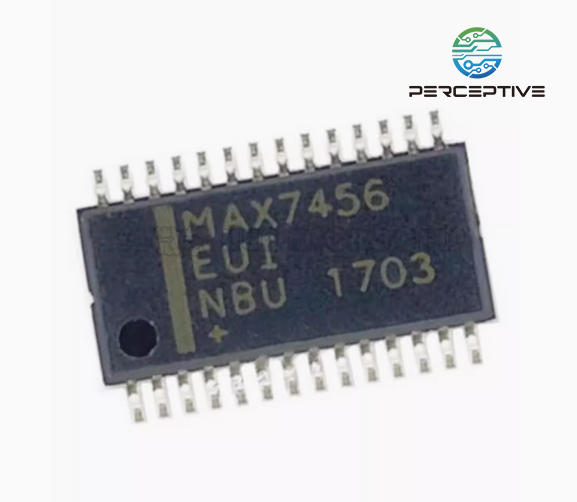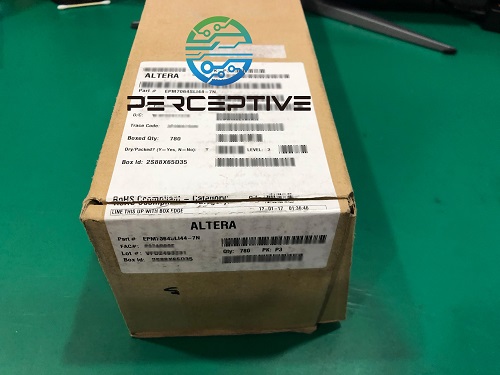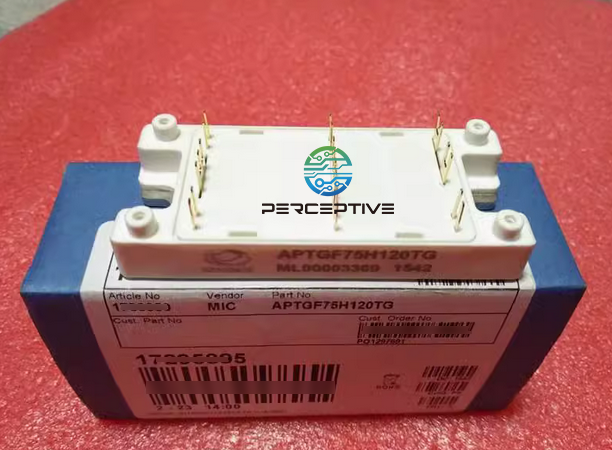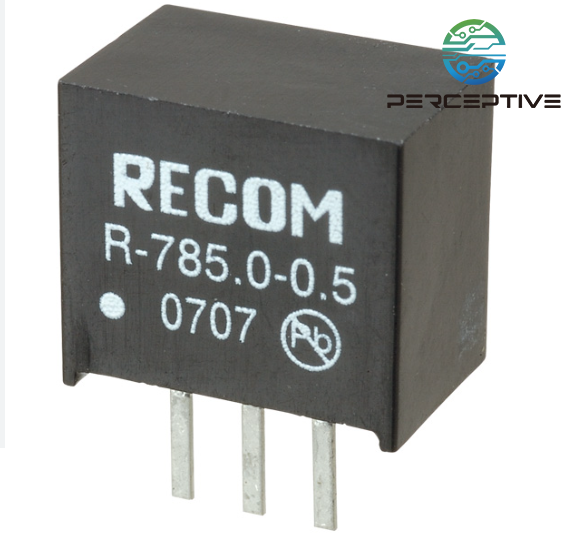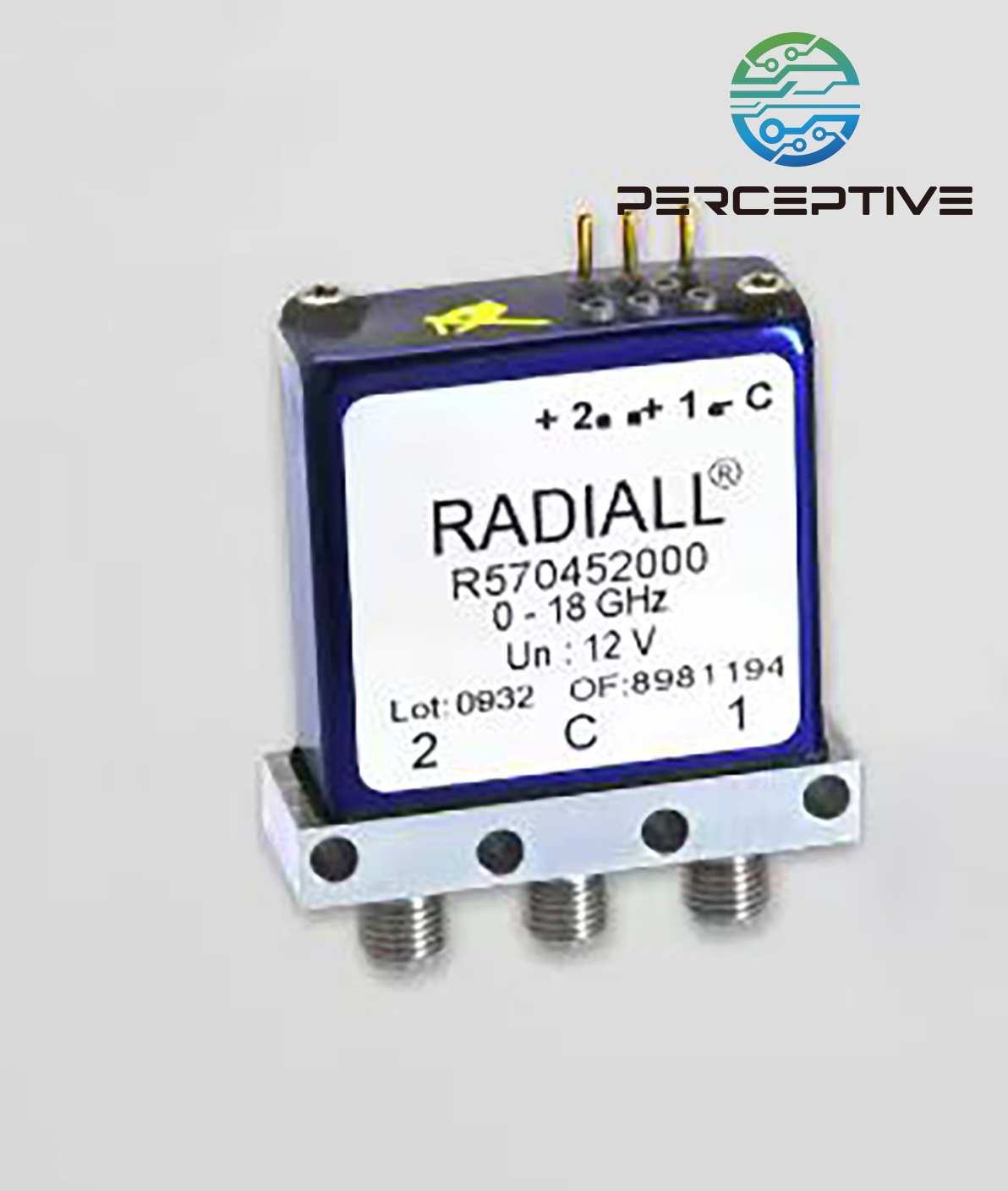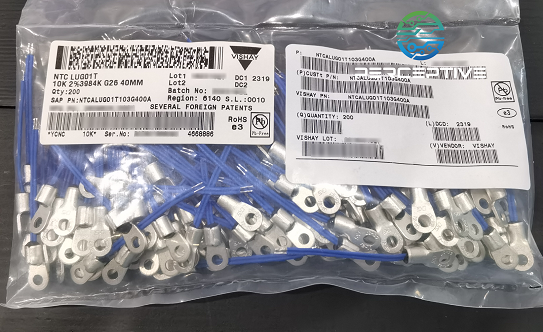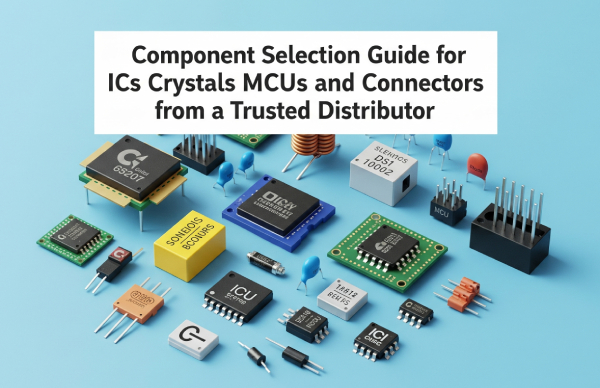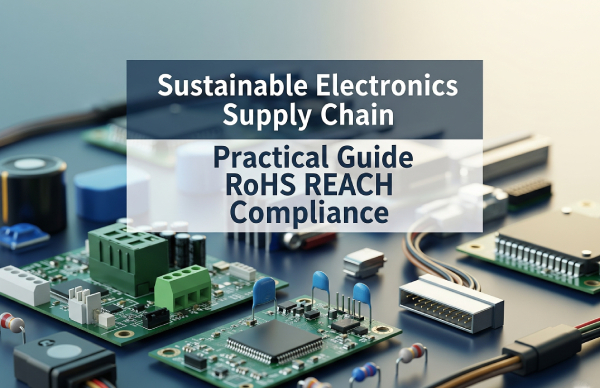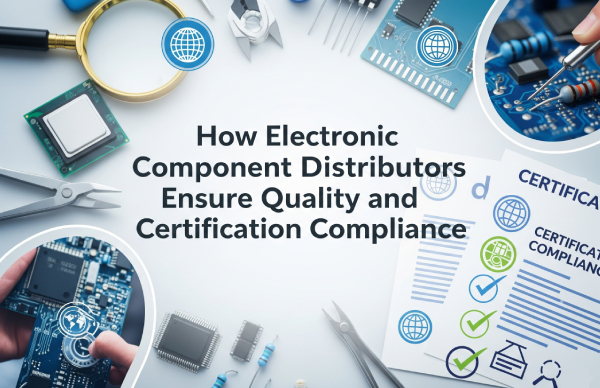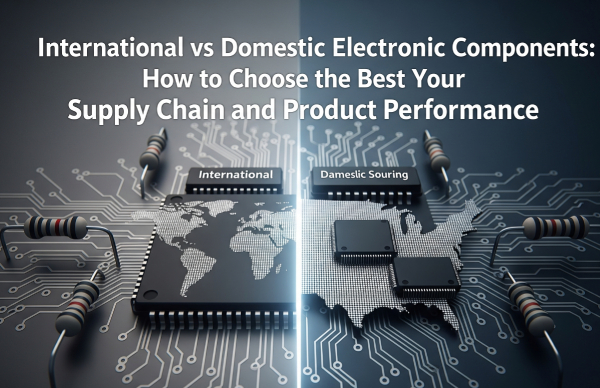In today's interconnected economy, sourcing electronic components has evolved far beyond local buying—it's a globally driven strategy that hinges on the efficiency and adaptability of international supply chains. As manufacturers, designers, and OEMs span across continents, the ability of suppliers to operate globally with speed and precision has become essential.

A New Era of International Electronics Demand
From automotive systems to smart home devices, modern technology relies on components sourced from different parts of the world. As innovation spreads geographically, the demand for fast, flexible, and dependable supply networks has intensified. This places a premium on suppliers who can go beyond traditional distribution and offer full-spectrum global support.
Why Global Supplier Networks Matter
Distributors with a presence in key international markets—such as Asia-Pacific, Europe, and North America—bring major advantages to procurement teams. These suppliers can respond swiftly to changing requirements, offer alternative sourcing options, and reduce the risks associated with local disruptions or regulatory changes.
They also provide:
Access to multiple inventory pools, improving stock availability and flexibility.
Support for regional certifications like CE, REACH, or conflict mineral declarations.
Transparent pricing across borders, helping buyers compare and plan effectively.
Local account managers, who can communicate in native languages and align with time zone-sensitive operations.
This combination of global infrastructure and localized service helps businesses stay agile in highly competitive environments.
Beyond Shipping: Logistics as a Competitive Advantage
Global logistics is more than moving parts from point A to point B. It involves precision planning, compliance expertise, and technology integration. Leading component distributors often leverage:
Real-time tracking systems integrated into global ERPs.
Experienced customs handling to manage tariffs and regulatory paperwork.
Regional fulfillment centers that support just-in-time and lean inventory models.
Efficient returns and RMA services that adhere to international quality standards.
For example, fulfilling a critical IC shipment to a factory in Southeast Asia within 48 hours isn't just fast—it's a reflection of a well-orchestrated logistics backbone.
Adapting to Regional Procurement Differences
Procurement requirements differ across regions. Successful global suppliers tailor their services to meet these variations. For instance:
U.S. clients may prioritize full traceability and certification.
European customers often require strict environmental compliance.
Asian buyers may focus on flexible quantities and speed of delivery for prototyping needs.
Understanding and responding to these regional expectations allows global suppliers to build credibility and deliver added value.
Reducing Risk with Diversified Supply Chains
Recent disruptions in the electronics industry—from raw material shortages to geopolitical tension—have highlighted the danger of relying on single-source procurement. Resilient suppliers maintain diverse sourcing channels, multi-region inventories, and backup logistics plans. These capabilities ensure continued supply even during volatile times.
Today, companies are not just assessing cost and lead time—they are evaluating a supplier's risk resilience, including their ability to adapt routes, relocate sourcing, and maintain visibility across the chain.
The Future of Electronics Procurement is Collaborative and Global
Procurement success depends on partnering with distributors who offer both product knowledge and cross-border operational excellence. The focus is shifting from unit pricing alone to strategic alignment, delivery reliability, and long-term supply stability.
Procurement professionals must now evaluate:
Can this supplier handle global compliance?
Do they provide real-time inventory visibility?
Are they equipped to support emergencies across time zones?
These questions reflect a broader trend: procurement is becoming a key player in corporate resilience and innovation.
Conclusion
Electronic component sourcing in the modern era demands more than stock availability. It requires partners who understand international logistics, can navigate complex regulations, and who operate with the flexibility to serve global markets. For procurement professionals, choosing the right globally capable distributor can be the difference between project delays and seamless production.

